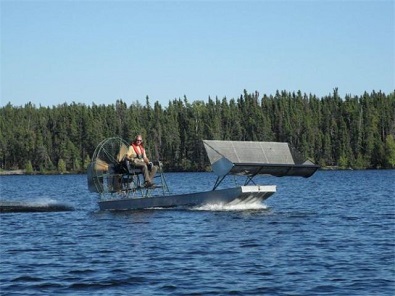Photo courtesy of YouTube.
Northern Saskatchewan’s wild rice producers have a reason to be optimistic heading into 2017.
Production on northern lakes has increased over the last couple of years, and there may be new export markets opening up in Asia.
Rusty Cameron is a grower in the Cumberland Delta, and is the eastern representative on the Saskatchewan Wild Rice Council. He says yields in 2015 and 2016 surpassed two million pounds each year, which is almost double the amount produced in 2014.
“The west side and central areas did really well, but producers on the east side only had about a third of a crop because of high water levels,” added Cameron.
He says wild rice likes to grow in about 40 inches of water in marsh areas and shallow lakes. He says that the wind can cause shattering before harvest and knock the seed off the plant into the lake.
Saskatchewan continues to be the biggest producer of wild rice in Canada. According to Cameron, most of the production comes from Saskatchewan and Manitoba. He says the industry in northern Ontario is not a prosperous as it used to be, as low prices a few years back deterred increased production.
He says that producers have been looking for new markets for their product and may have found a Pacific Rim country to tap into.
“Our government and the US have been working on legislation to sell into China. They want our rice, and I don’t know how many types of rice there are, but with wild rice being very healthy, it is very attractive to their diet,” he added.
Cameron says that in today’s health conscious society, where people are looking for gluten-free alternatives, wild rice is becoming more popular on the supper table.
“We notice that when we are at farmer’s markets in the larger urban centres that people are very concerned about their diet and the gluten problem that is out there today. They just love the wild rice.”
He says it is tough to forecast what production will be like this year, but at a recent growers meeting in Prince Albert, many growers are saying there doesn’t seem to be an excess of water anywhere in the north over and above what there has been in any other year.
He says the long-range weather forecast is for a hotter and drier year, which he says will help producers a lot.
